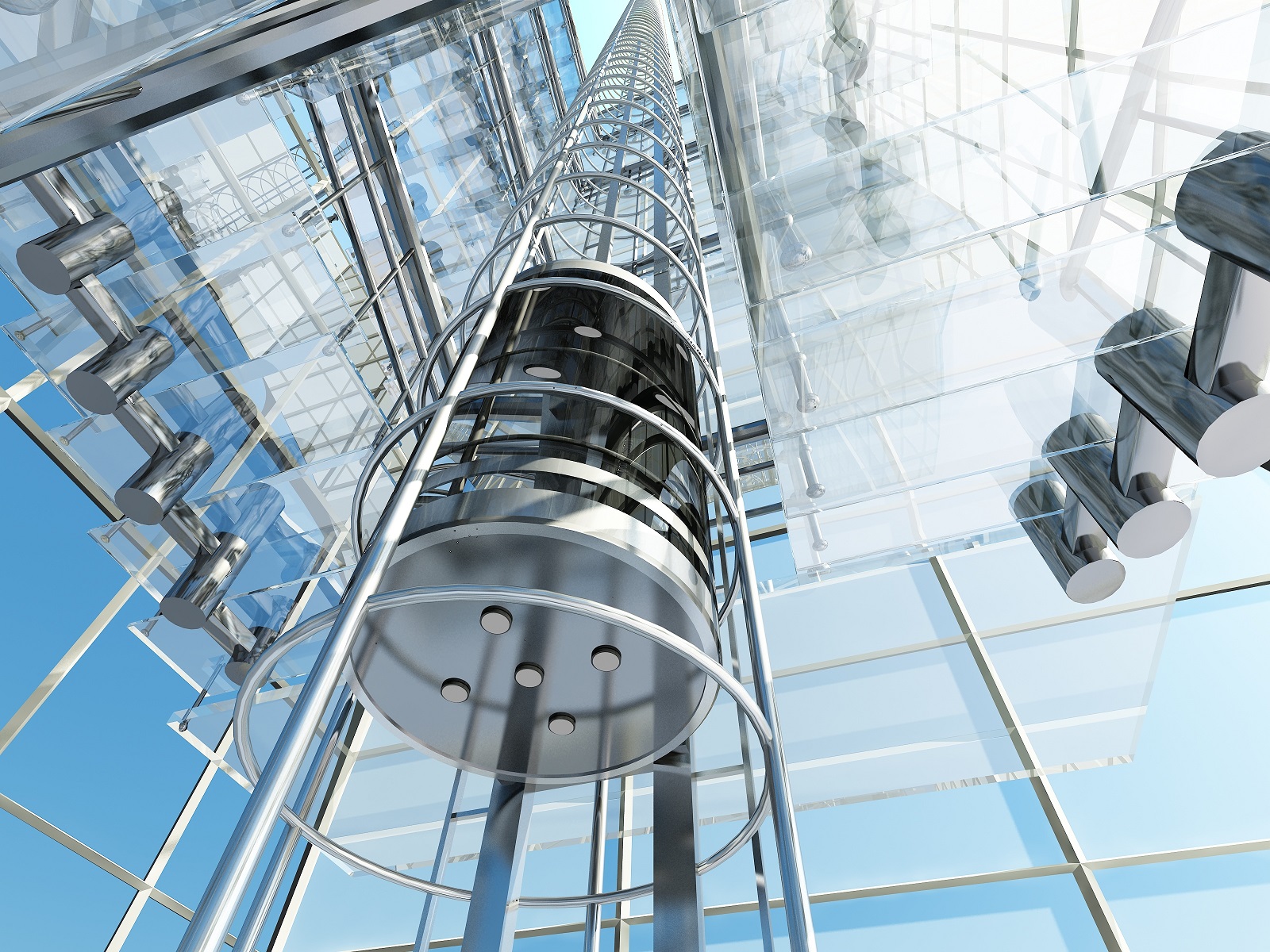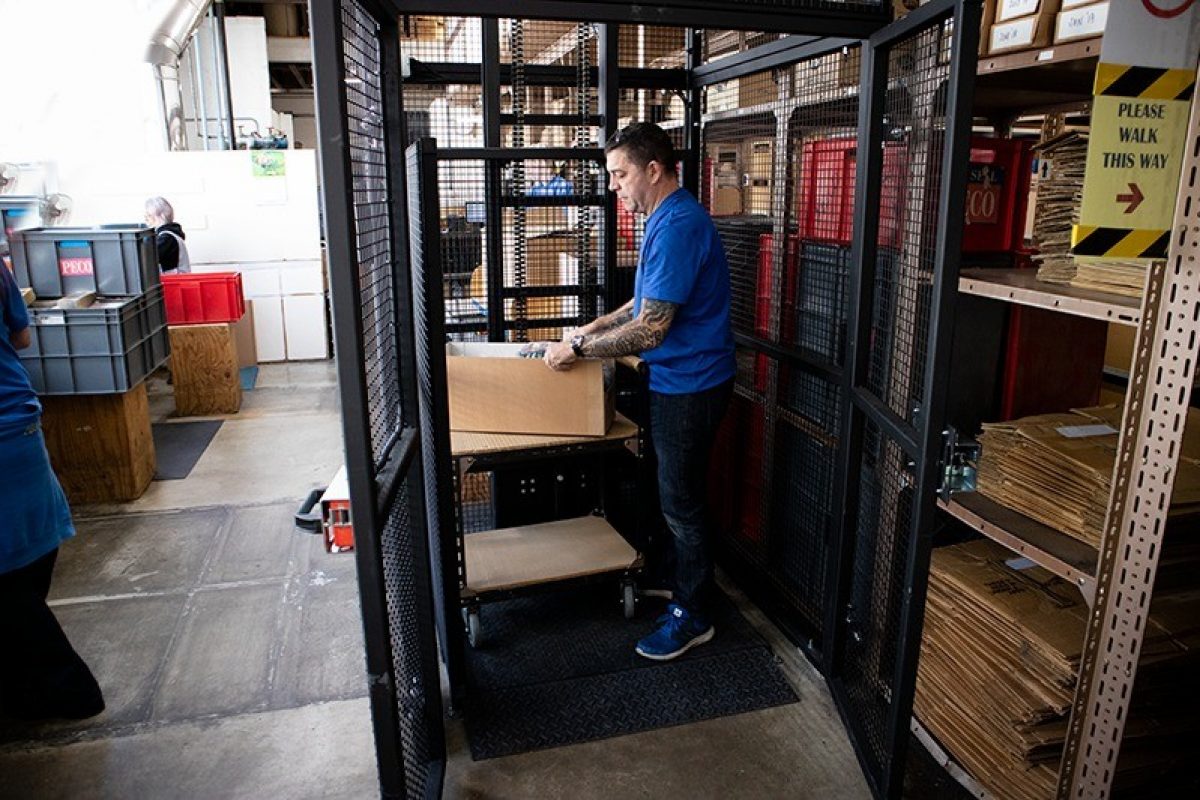Course in the operation of goods and passenger lifts

What will you learn on the crane operator course?
The aim of our training is to gain qualifications and to prepare for the state examination before a commission appointed by the Office of Technical Inspection. The course is intended for people employed in plants carrying out vertical transport with goods and passenger lifts. Candidates for crane drivers learn:
- detailed construction of the crane,
- service principles,
- crane duties,
- causes and consequences of failure,
- technical supervision regulations,
- maintenance methods for freight lifts,
- regulations Health and Safety.
An employer who would like to train his employees in this field should take into account such characteristics as resistance to stress, a sense of responsibility or mental balance when selecting people.
How to get permission?
If you are interested in working with freight cranes, you can enrol on an operator course, which will provide you with the theoretical knowledge and key skills needed for this profession. With this qualification, you can get a better-paid job or apply for a promotion and raise at your current workplace.

After completing the training, the trainee receives a qualification certificate from the Office of Technical Supervision in one of two categories: building lifts and goods and passenger lifts with internal control, as well as hospital lifts (which do not have cabin load control). Training in the operation of lifts is carried out under the Technical Supervision Act of 21 December 2000. They are carried out in accordance with the Regulation of the Minister of Economy of 18 July 2001 on the procedure for verifying qualifications required for the operation and maintenance of technical equipment.
Validity of the qualification certificate
Like most UDT qualification certificates e.g. for forklift trucks, cranes, cranes, the entitlements for goods and passenger cranes have a specific validity period. From the date of successfully passing the examination, work in this position can be carried out for 10 years. However, it is important to note that an application for renewal of the certificate must be submitted at least three months before the expiry date. A necessary requirement for renewal is a certificate that you have worked as a crane and lift operator for at least 3 years within the last 5 years.
Where and what are goods lifts used for?
Thanks to their simple and robust design, they are used in many industries. Freight cranes are used to transport goods between floors in production halls and warehouses. They are sometimes used on construction sites to move building materials. They are constructed to make transport as easy as possible. The people and load in the cabin move along guides in the crane shaft. The equipment is controlled by cranks, shifters or instructions. Cranes are particularly helpful in situations where heavy construction loads need to be moved or lifted safely.
Cranes with electric and hydraulic drive
If we consider the type of drive, we can distinguish between hydraulic and electric lifts. The latter are used in warehouses, shops, factories, bakeries, hospitals, etc. The wide range of lift dimensions makes it possible to adapt the device to the requirements of the building in which it will be installed. These lifts make it possible to transport tall items. A large electric goods lift requires an engine room above or next to the shaft. In electric lifts, the drive unit consists of a motor and a friction wheel, which drive the cables connected to the cabin frame and counterweight. The large electric goods crane is ideal for transporting sizeable materials and production machinery and equipment, due to its technical capabilities.
| Type of crane | Load capacity [kg] | [Speed m / s] |
| Large goods | 300-6000 | 0.5 - 1.6 and more |
| Freight and passenger transport | 100-6000 | 0.5 - 1.6 and more |
There are also small goods lifts used in libraries, banks, offices, etc., where they are used to transport documents, foodstuffs, books and other small goods. Their advantages include:
- saving time,
- improving work;
- simple construction;
- no engine room;
- own shaft steel construction.
Hydraulic goods lifts can be found in hotels, clinics and such places with low to medium traffic, as they have an operating capacity of up to 60 starts per hour and a maximum speed of 6 metres per second. They are used in buildings with several floors. More often, they are used in industry for the transit of massive loads and even the introduction of an entire forklift. Their machine room is usually located on the ground floor next to the shaft. The advantages of a hydraulic lift include the ability to automatically release blocked goods and people in the event of a power failure. Compared to electric lifts, the hydraulic lift is the cheaper solution. Hydraulic lifts vary in maximum lifting capacity, speed and maximum lifting height depending on their intended use. Below is an overview of the different types of hydraulic lifts to illustrate the differences in parameters.
| Crane type | Maximum load capacity [kg] | Maximum speed [m/s] | Maximum lift height [m] |
| personal | up to 1600 | 1 | 30 |
| hospital | up to 2500 | 1 | 30 |
| trademark | up to 6000 | 0,4 | 30 |
| no engine room | up to 1000 | 1 | 26 |

Goods lifts
This type of equipment is classified as handling machinery and is used to transport goods within a limited range. Goods lifts are covered by technical supervision. They consist of a platform sliding on a mast, with a structure that looks like a ladder. They are attached to a mobile chassis and lowered to the ceiling of the building. They are the most common means of transport for companies specialising in roof work.
Operating conditions of cranes
Lifting devices subject to technical inspection should be:
- constantly maintain technical efficiency;
- use in accordance with the instructions and intended use;
- be maintained by persons specially trained for this purpose and having appropriate qualification certificates;
- be provided with signs indicating the permitted load capacities.
We also offer courses for the operator and maintenance of overhead cranes, mobile platforms (aerial work platforms and scissor lifts), stacker cranes, forklift and other UDT equipment. We also offer training in fire safety and occupational health and safety (initial and periodic).
If you have any questions, please feel free to contact us.





























